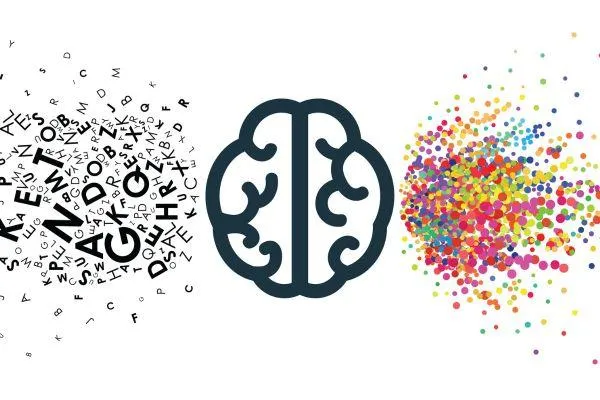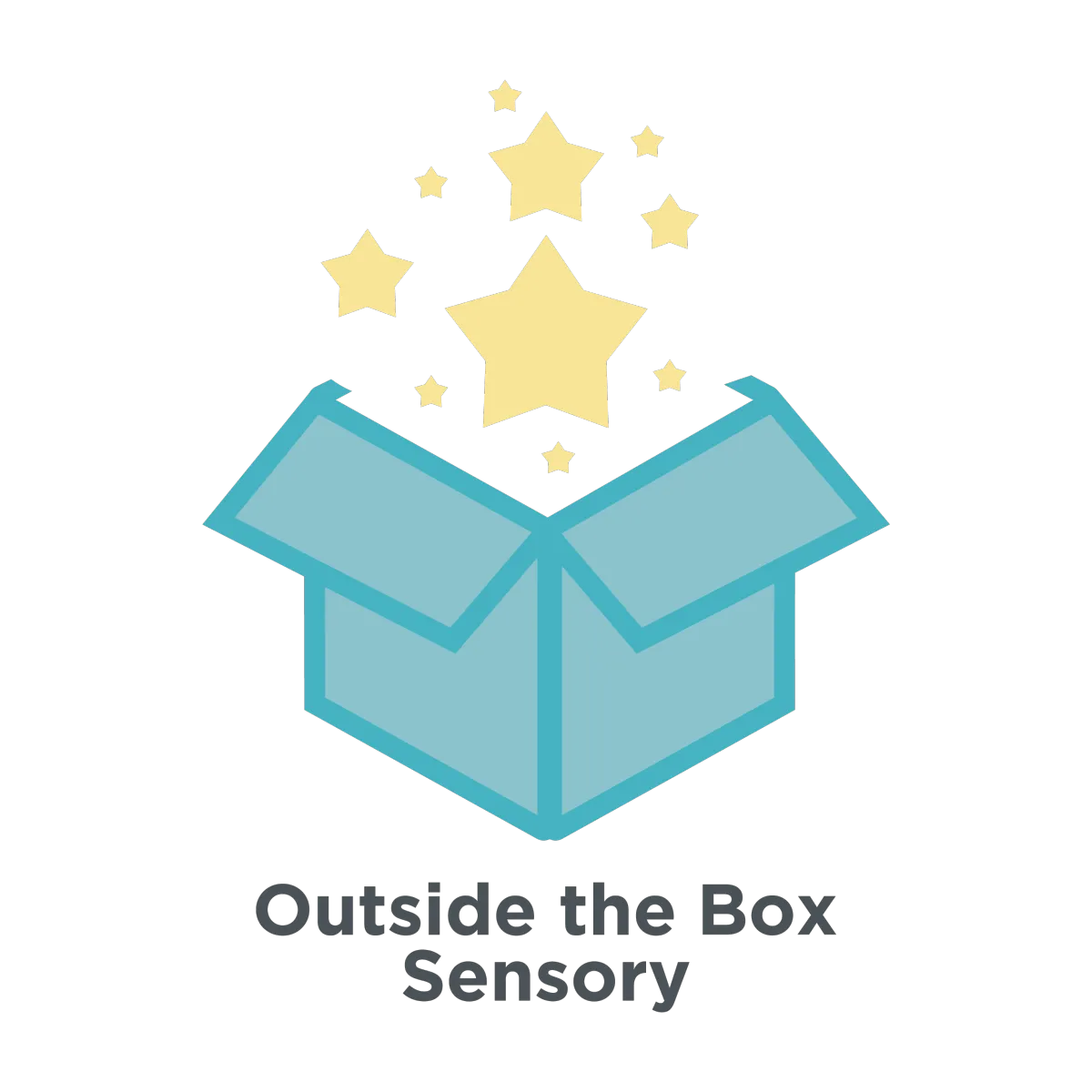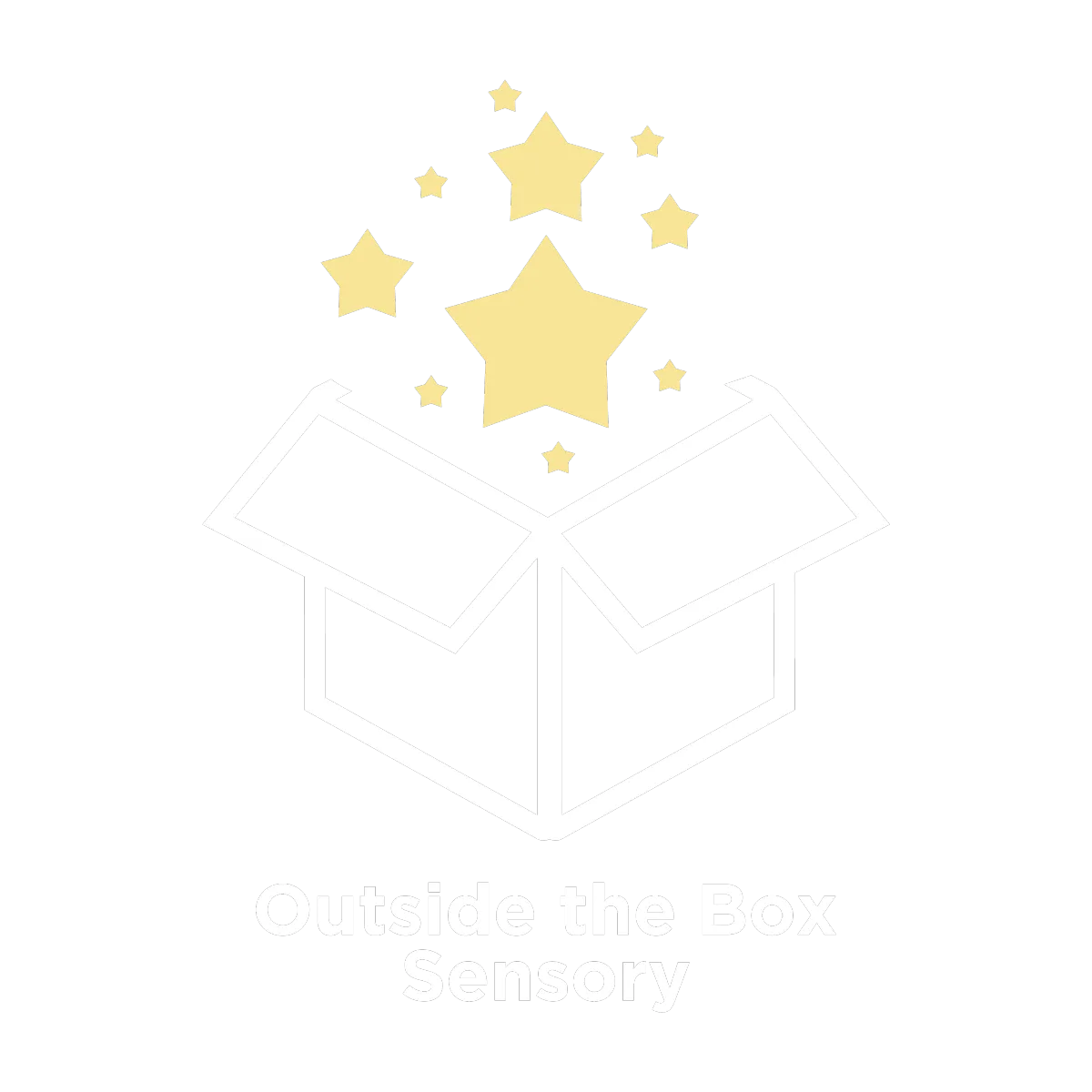Sensory-Friendly Tips for Neurodivergent Families
The Outside the Box Sensory Blog

An introduction to neurosensory divergence and neurodivergent languages
My upcoming book delves into autistic monotropic profiles, in this blog post I will also be discussing hyper-polytropic profiles which are more commonly associated with ADHD.
*In this piece, I talk about Attention Deficit Hyperactivity Disorder using the acronym ADHD. I do not like using the terms ‘deficit’ or ‘disorder’ to describe differences in the way people think and learn, however, I use the term ADHD here to help with readability. I hope to see this term changed in the future.
Autistic monotropic profiles
Our journey into the world is profoundly shaped by how we engage our senses, influencing both how we learn and what we learn. In the early stages of life, babies explore their surroundings through touch, taste, and smell, gradually honing their focus on auditory and visual information.
Consider a baby with heightened auditory sensitivity, surrounded by a symphony of sounds – dogs barking, birds tweeting, airplanes passing overhead, and the hum of a washing machine. Now, imagine the distress when a piercing car alarm disrupts this sensory landscape. This scenario, which I term sensory abundance, mirrors the experiences of many autistic individuals. Navigating a cacophony of stimuli can be overwhelming, akin to being in a crowded conference hall before the speakers take the stage. I call this sensory abundance, and it can be overwhelming for autistic people. Sorting through this wealth of sensory information becomes a monumental task, potentially distorting their access to spoken words. Rather than fully immersing in the social, speech-based world, autistic children may delve into their own unique methods of learning and connecting.
Innovative communication approaches emerge as some autistic children notice visual patterns and incorporate them into play (such as lining up or colour coding) and other autistic children recognise written codes, leading to early reading. Autistic children construct their languages primarily based on the sensory input they can navigate most comfortably. This divergent access to detailed patterns fosters a distinctive learning journey, setting them apart from their non-autistic peers.
Autistic children, influenced by their unique sensory experiences, develop connections in unexpected areas of their brains. Many cultivate monotropic focused interests, creating autistic languages rooted in their sensory access. Embracing and understanding this divergent sensory input is essential for appreciating the richness and individuality of the autistic learning experience. This divergent access to sensory input means that autistic children build connections in unexpected areas of their brains. Many develop monotropic focused interests based on their sensory access building into autistic languages.
ADHD hyper-polytropic profiles
In ADHD children, language acquisition is different. ADHD children are also experiencing more, but rather than having concentrated areas of focus, they are using multiple senses at once to learn about the world around them. This leads to learning and discovering lots about the world around them, often using more visual input than the majority. Anything can pique their attention, leading them to have very busy brains and bodies. When lots of senses are engaged at once, life becomes more of a whole-body emotional experience, where the child is immersed in the here and now. This can lead them to have big and intense emotional experiences. This heightened sensory engagement contributes to intense emotional experiences and shapes their learning, often rooted in these emotional connections.
With regards to language acquisition, ADHD children often tune into words on an emotional level. They acquire language around the things they feel a connection to, possibly naming a favourite toy or a pet. Rhyming words and songs might draw their attention due to the emotions evoked. Experiencing the world emotionally means their memory and learning revolve around these connections, and this can make them sensitive to social and emotional patterns and highly aware of others' emotions.
ADHD children often use both sight and sound to understand their surroundings, making consistent focus on spoken instruction alone challenging, especially in a busy classroom. ADHD children will find it harder to focus for long periods on spoken teacher input (especially without visual supports) while also being easily drawn away towards something that piques their interest, such as talking to a friend. Their learning profile, centred more on visuals and emotional connection, leads to difficulty memorising expected patterns, presenting challenges in an education system built around polytropic learning styles.
Autistic and ADHD children often encounter unique sensory differences that influence their access to sensory input. Rather than attempting to overcome or change these differences, akin to how we no longer expect left-handed individuals to become right-handed, it is necessary to evolve our education system. Our current standardised system predominantly caters to polytropic (typical-majority) learning styles, neglecting the diverse needs of neurodivergent learners. To foster inclusivity, we must adapt the education landscape to provide subjects, teaching methods, and learning environments that align with the profiles of ADHD and autistic children.
* Neurosensory divergent learning styles, communication, empathy and emotions are all discussed further in my book out on the 14th of December, 2023.
Join my mailing list!
Get emails with news, tips, and special offers straight to your inbox.
FREE DOWNLOAD
Living a balanced sensory life starts here!
© 2024 Outside The Box Sensory | All Rights Reserved




